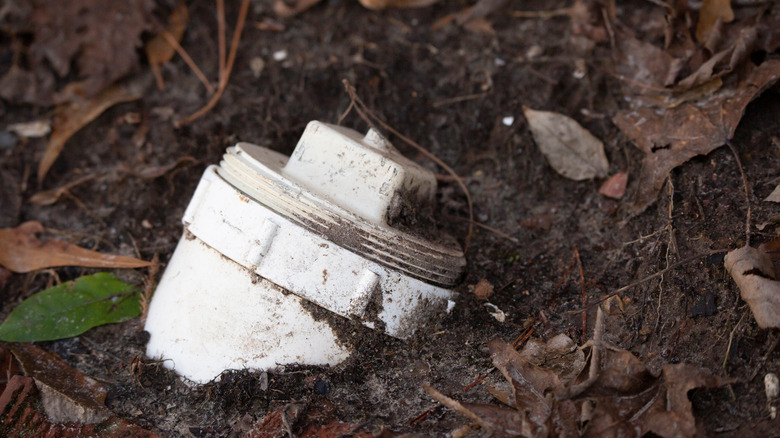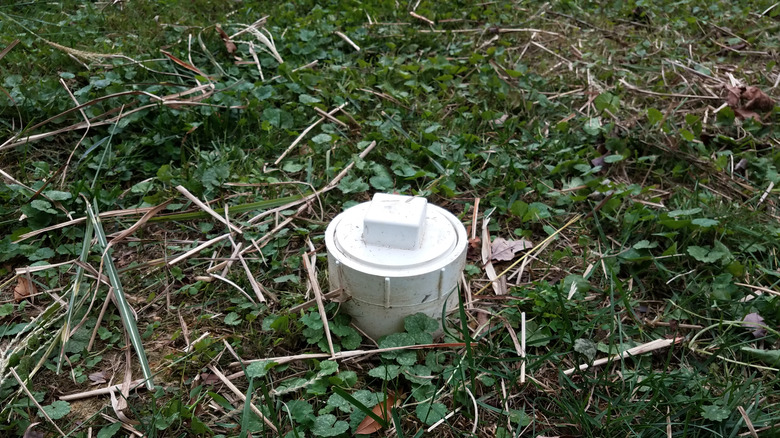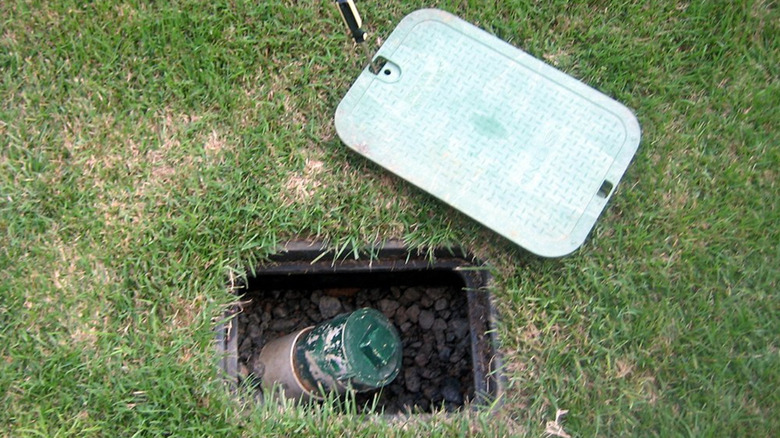Sewer Cleanouts: The Important Pipe You Should Know How To Locate In An Emergency
If you've ever walked around and surveyed your own yard or someone else's, you've probably stumbled across a sewer cleanout pipe. At the time, you probably didn't think much of it, and may not have even recognized how important this little plumbing facet is, but being able to locate and recognize the sewer cleanout can save you a lot of time and money in the event of a plumbing emergency. Whether your home drains into a city sewage line or a septic tank, you should have a sewer cleanout pipe somewhere on the property. Some are located inside the house, known as the "main house trap," while others stick up from the ground outside your home.
In the event of a clog, a trained professional plumber will need to access the blockage and remove it through the sewer cleanout port. Ordinarily, you don't want to mess around with your sewer cleanout pipe, but in an emergency, you need to know the location to help the plumber find it quickly and prevent raw sewage from backing up into your home and causing further damage. Here's how you can find the sewer cleanout on your property and what to do if you suspect a clog.
Where to find your sewer cleanout
Whether it's indoors or outdoors, the sewer cleanout usually looks like a pipe about 3-6 inches wide with a treaded cap and large square knob. Most cleanout pipes are made of white, black, or green PVC or ABS plastic. Old homes may have sewer cleanout ports made of brass, iron, copper, or lead, but this isn't very common. Some old houses may not have a sewer cleanout at all, in which case it's highly recommended to have one installed.
If you live in a cold climate, it's most likely that your sewer cleanout will be located inside your home in a bathroom, garage, well-house, or similar utility area. You can pinpoint the location by following the main drain line under your sinks or looking at a detailed floor plan of your house. The cleanout port will come off of the main drain line at a T- or Y-shaped pipe fitting.
If you live somewhere warm, your sewer cleanout will probably be outdoors, near your septic tank, or somewhere inconspicuous, like the corner of the yard. If you can't find it, it may be buried by soil erosion. Follow the drain line path and poke the ground with a screwdriver or pencil to unearth it, and consider marking the cleanout with a flag or stake for future reference. If you're still having trouble finding the drain indoors or outdoors, ask a plumber to locate it before an emergency happens.
Approach the cleanout with caution
To be prepared for a plumbing emergency, make sure the area around your sewer cleanout stays clean and visible. Limit clutter around indoor pipes and keep the grass trim and neat around outdoor pipes, being careful not to mow over them. Most plumbers would strongly caution against flushing paper towels, feminine products, "flushable" wipes, or anything else besides toilet paper. Toilet paper is designed to biodegrade quickly so it won't clog your sewer pipes. Nevertheless, accidents happen. If you notice your pipes draining slowly or backing up into your home, you probably have a sewer clog on your hands.
It's not wise to try to mess with the sewer cleanout pipe on your own, but you can use it to check for clogs and make sure everything is flowing in the right direction. You may want to put on disposable gloves and a face mask before opening the sewer cleanout. Use a pipe wrench to grip the square nut, then slowly and carefully twist the cap open. You may hear (or smell) air escaping. If everything seems normal, clean the threads and replace the cap. If you see water coming out or feel a lot of pressure behind the cap, stop what you're doing. This means you almost certainly have a clog, and opening the drain could cause raw sewage to pour into your home or yard. Never try to unclog a sewer line by yourself; you'll need to call a plumber immediately.


